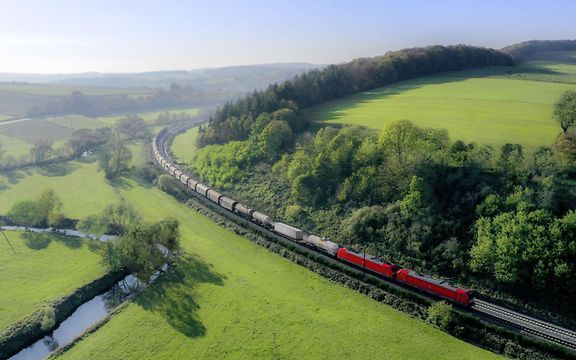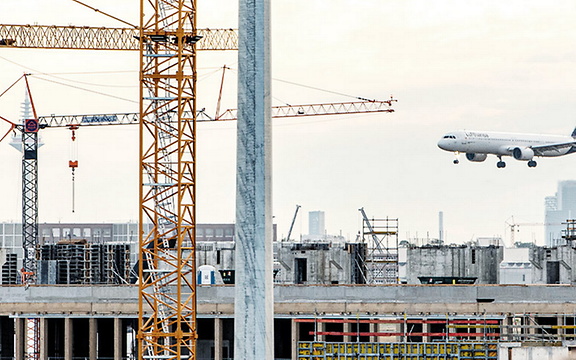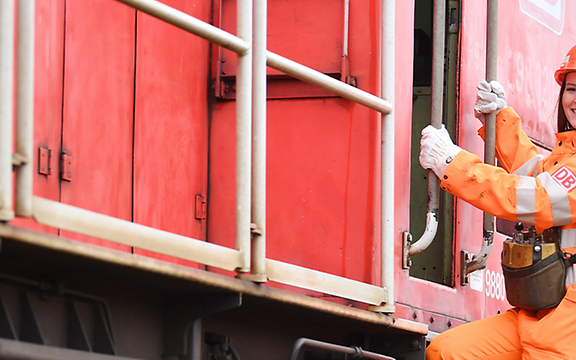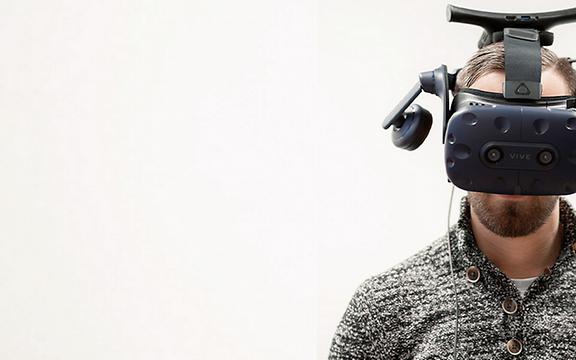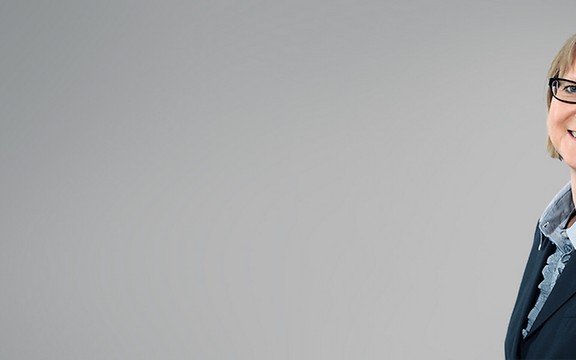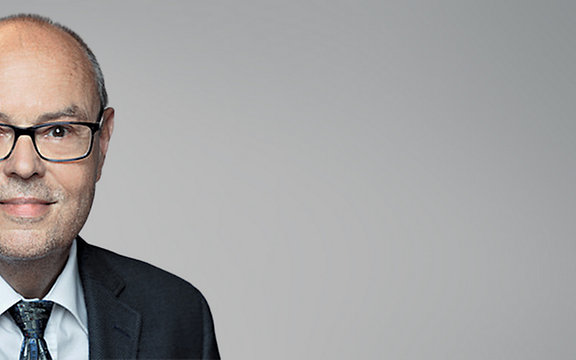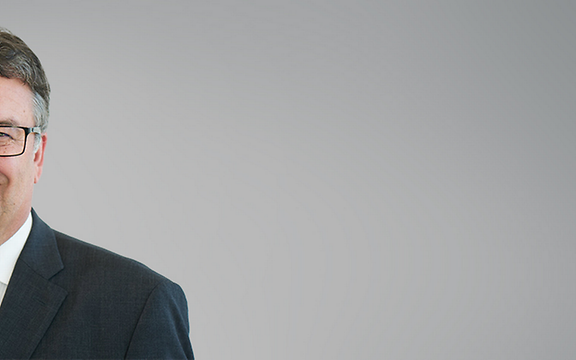DB Cargo talks to rail technology expert Andreas Oetting
He works on developing processes that see academia and research contribute to the process of digital innovation in the rail sector.
What potential is opened up by digitalising rail freight transport?For the most part, the cost-benefit ratio is very good, both for the production side of things and for customer interfaces. In particular, digitalisation enables an operator to better address its customers' needs and offer them new services. However, DB Cargo didn't just start digitalisation today. The company has already achieved a lot and digitalised many features, above all its core processes such as train movements and shunting.

Professor Andreas Oetting is a researcher at the institute for rail systems and technology at the Technical University of Darmstadt. Copyright: DB Cargo
What milestones are planned for the coming years?The next logical step is to digitalise upstream and downstream processes as well, as these have major implications for core processes. Another goal is to make the digital systems' architecture more modular so they can be adapted quickly and inexpensively to suit customers' needs as they change. Making courses for trainees and employees digital is another trend – people will be able to drive simulators or learn from home.
How quickly can important structures and processes be put into place?In principle, it is possible to bring new products to market within a year. Here at the institute, it doesn't take us long to get processes ready for use in the real world. We work closely with stakeholders, tailor innovations to their needs, and make adjustments when these are necessary.
